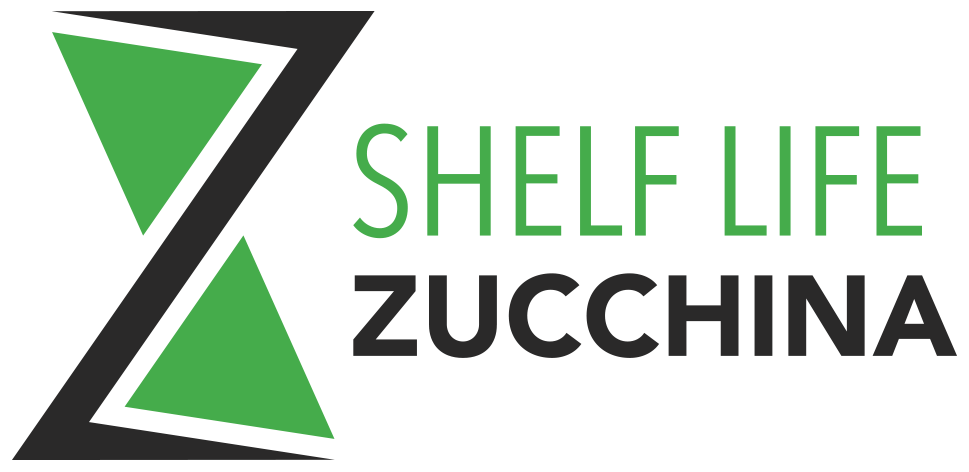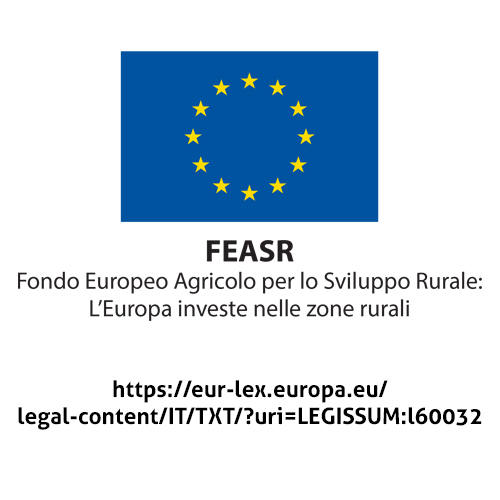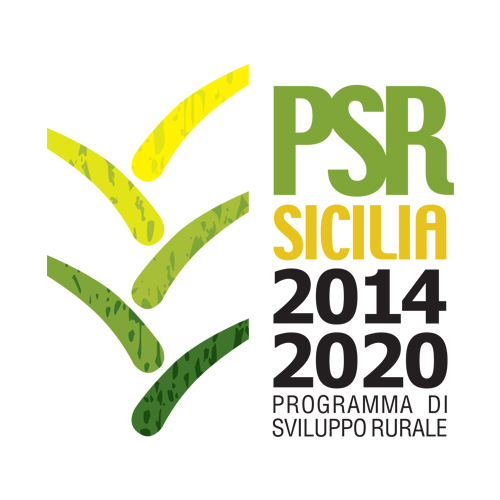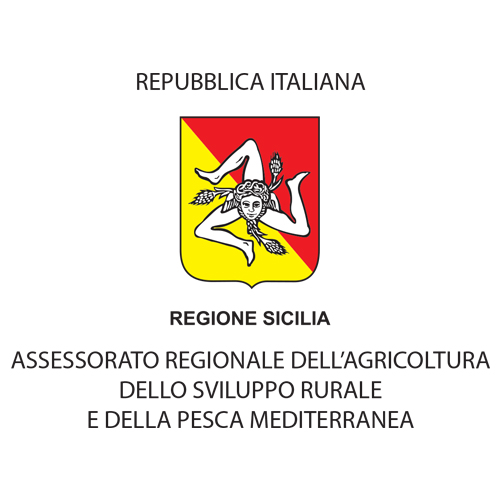

supply chain innovation: from genotype to packaging
increase the effectiveness of irrigation by reducing water waste
crop residues: from waste to resource
Sustainable courgette production
The aim of the project is to meet some particular technical needs of the cultivation of courgette in Sicily, which can only be met through the introduction of process and product innovations. The proposed innovations will affect everyone the phases of the supply chain, from the field to the shelf, from the transformation of the product to reuse of waste and residues and they will give great added value, while at the same time reducing their environmental impact.
Among the innovations is the development of agronomic protocols that include the rationalization of the fertilization technique.
Zucchini is a species with ha high water requirements, however, the need for save water requires the adoption of techniques that maximize the efficiency and effectiveness of irrigation.
Innovations
objectives and expected results
Among the process innovations to be introduced there is also the development of a irrigation protocol in which the water potential in the soil and the different needs of the plants in the different phenological phases are taken into account.
In order to monitor the parameters for the management of crop interventions, a Decision Support System (SSD) through the use of weather huts and tensiometers, these, through a software connected to sensors (humidity, temperature, leaf wetness, etc.), would allow to have the data in real time allowing to better modulate the optimal agronomic technique developed for the different varieties of courgette.
Some genotypes of courgettes already on the market will be tested to evaluate their production response (in terms of quantity, quality and earliness) in relation to input cultivation and the cultivation environment.
This investigation will also serve to prove thesuitability of genotypes whose fruits have a higher dry matter content. This is of particular interest because the courgette a lower water content can prolong the so-called "Shelf life". In this regard, the innovative post-harvest techniques can make a significant contribution to the consolidation and expansion of cultivation in the Sicilian area. In particular, the project envisages the development of ozone treatments of the fresh product, the use of innovative packaging and the creation of V-range courgette, i.e. a product subjected to a heat treatment, ready for use and stored in a appropriate packaging, the latter in addition to prolonging the shelf-life of the product will be able to strengthen its commercial identity.
Zucchini is a plant that leaves a non-negligible amount of crop residues. These, which until now have represented a waste to be disposed of, they can become a resource to restore soil fertility and for energy production. In particular, the Project provides that crop residues can be used in the compost production or be valued for the production of pellets.
Control and certification procedures will be introduced through the adoption of a production specification containing specific crop indications both for companies that produce according to integrated production systems, eco-sustainable management methods or organic farming. By the end of the project the partner companies will be able to acquire one on a voluntary basis product certification issued by a control body that will certify its compliance with the reference technical document.
Activity carried out within the 2014-2020 Rural Development Program - MEASURE 16 - COOPERATION
SUB-MEASURE 16.1 "Support for the establishment and management of EIP operational groups on agricultural productivity and sustainability"







